Although dogs share the same DNA and have similar body language and communication, they also have wide-ranging behaviour differences, depending on what they have been bred to do. Each dog breed has certain traits that define the breed. Knowing the breed traits when living with and working with dogs is essential, especially regarding training.
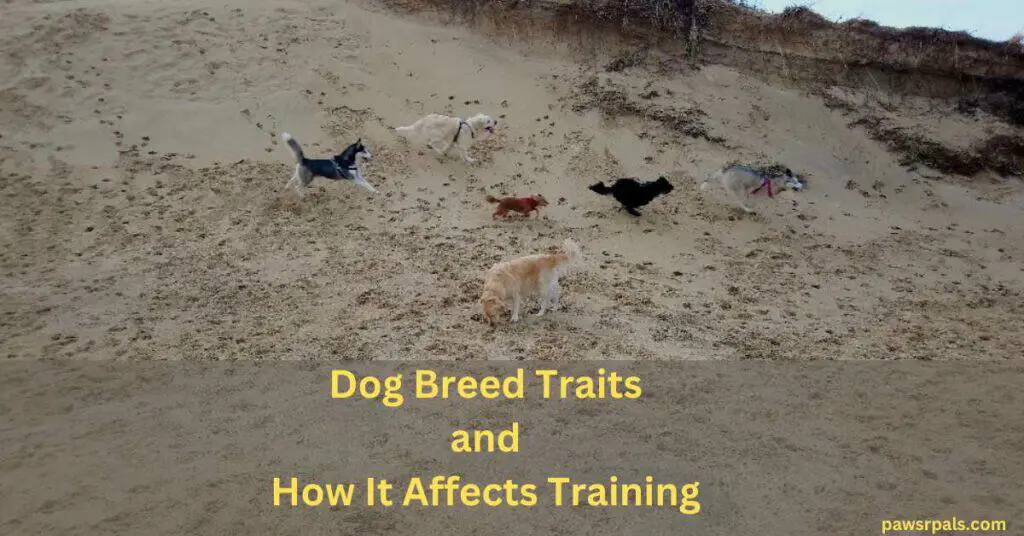
What Was The Breed Originally For
Knowing what the dog was originally bred for is helpful in training them and understanding what exercise and mental stimulation they require to live and work harmoniously with us. This knowledge can help prevent unwanted behaviours, often caused by a dog’s natural instincts not being met adequately or dealt with inappropriately.
For example, the Border Collie is a working breed used for herding and guarding; without enough mental stimulation or exercise, it can become disruptive and try to chase and herd inappropriately, chasing cars, bicycles, people, and small animals. These dogs are agile and fast – they do incredibly well in agility and obedience training.
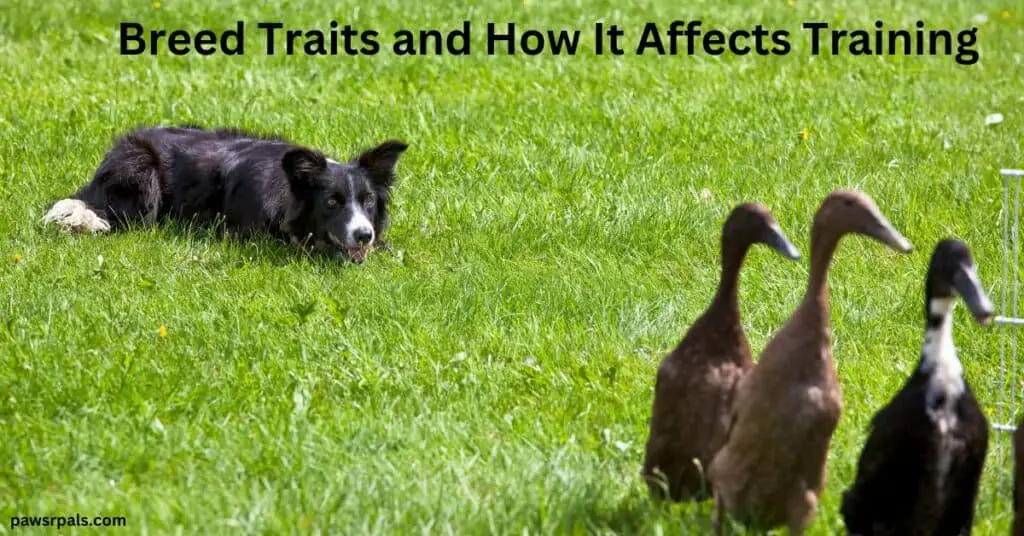
It’s important to lean into a dog’s natural instinct when training. The key is knowing what motivates your dog and using this information to help your dog enjoy learning new behaviours. It’s also essential to understand how much mental and physical exercise your dog needs to prevent unwanted behaviours from being caused by unmet needs.
KC Breed Classifications
The Kennel Club has classifications for show dogs. Several breeds are in the same category;
Hound
Sight and Scent Hounds in the Hound category. Sight hounds were bred for hunting and chasing down prey; the Grey Hound and Basenji are both sight hounds best suited to short energy bursts. Scent hounds track the prey using scent; the Beagle and Basset Hound are scent hounds; these types of dogs have a lot of energy and stamina. Scent games and training suit these breeds.
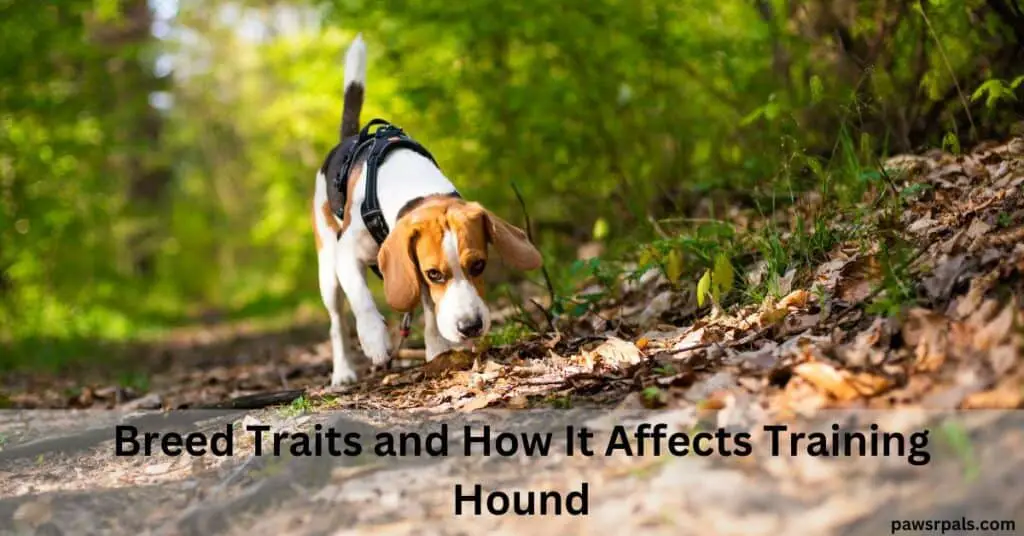
Both sight and scent hounds were used for tracking and hunting, but they have different exercise requirements for living happily in a home as a pet. Recall training can be patchy for hounds, as they are prey-driven.
Gundog
The Gundog category includes Labrador, Spaniel, and Setter. These are all hunting dogs but with different functions within the hunt. The Labrador was to retrieve the prey, The Spaniel flushed the birds out of nests, and the Setter indicated where the game was. These breeds all tend to have good, steady natures. Still, they require mental stimulation and a lot of exercise – some more than others, to stop them from becoming disruptive in the home and developing negative behaviours.
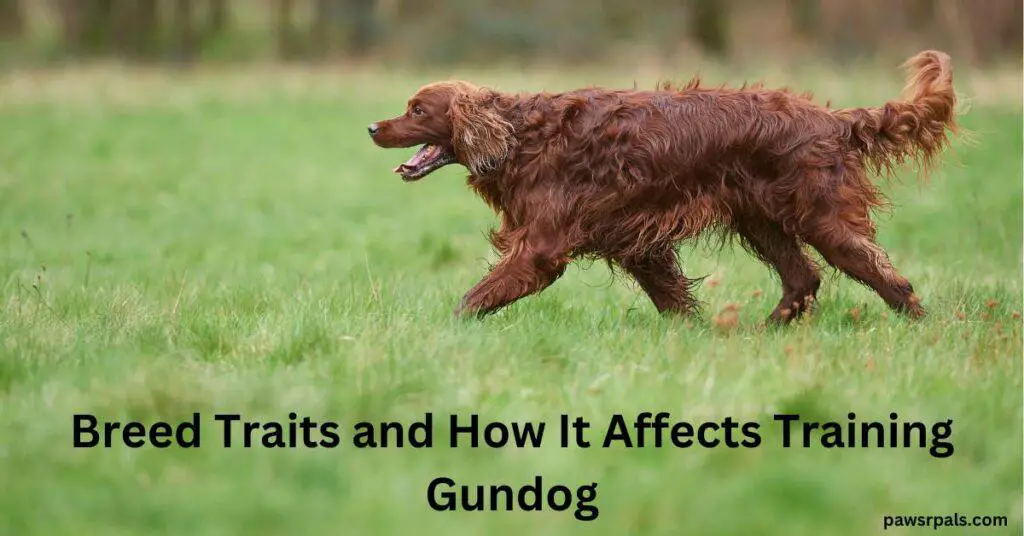
Terrier
Terriers were originally used for keeping homes and settlements vermin-free – they would dig into rat holes to rid them of small creatures. The terrier is known to be snappy and reactive but very intelligent and loyal. Terriers need mental stimulation and have a lot of energy to burn off.
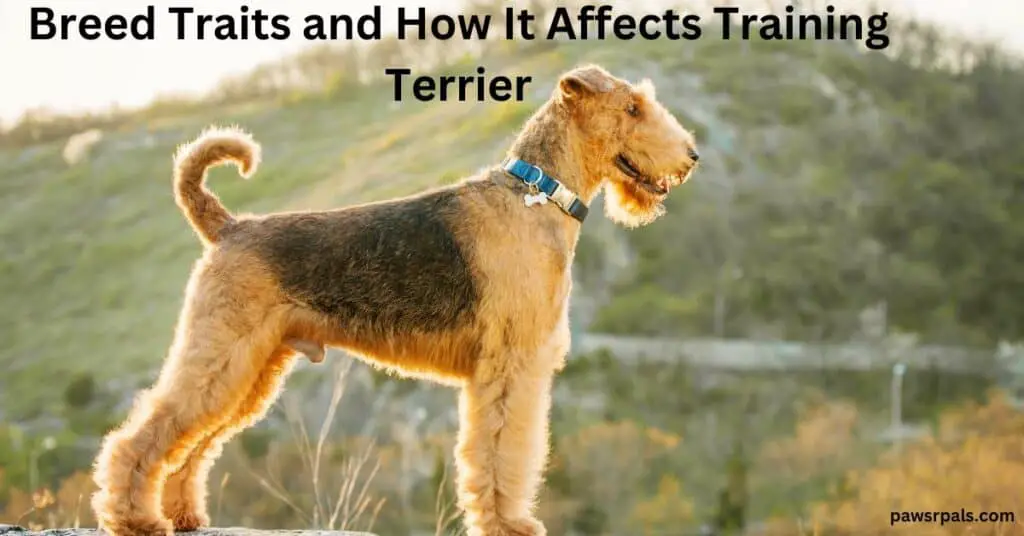
Sadly, larger terrier breeds, such as the Staffordshire terrier, have been used to entertain by fighting – dogs need to be trained to fight as they don’t naturally want to fight. Larger terrier breeds end up in shelters as people who want a ‘status’ dog poorly train them, and they have a poor reputation.
Working Breeds
Working Dogs encompass other breeds that don’t easily fall into the other categories. These breeds, such as the Rottweiler and the Mastiff, were used for guarding. Working dogs have a lot of energy to burn off if they are to live happily in a home.
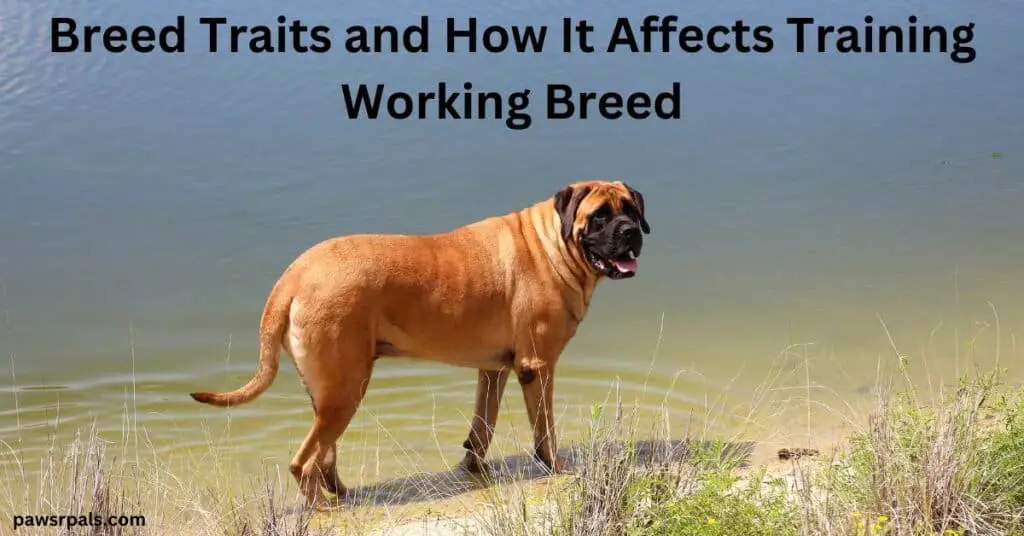
Pastoral
The Pastoral category includes Border Collie, German Shepherd, and Old English Sheepdog. These dogs are rounding, herding, and guarding dogs. They have a lot of energy to burn and need a lot of mental stimulation, or they can become stressed, anxious, obsessive, and disruptive.
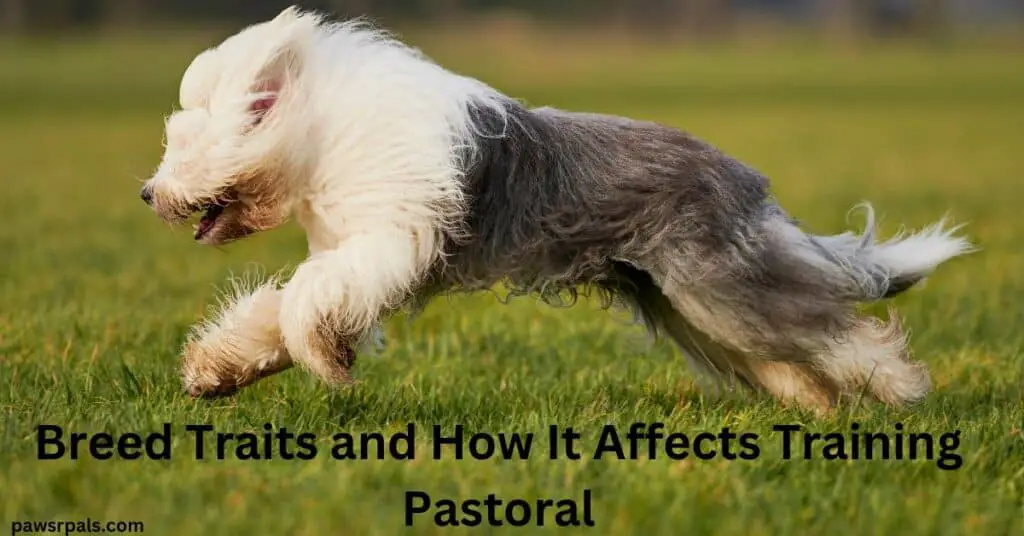
Toy Breed/Companion Breed
The Toy Breed category now includes the Yorkshire Terrier, originally bred to rid homes and settlements of rats. The Toy Breed is for companion dogs, such as Cavalier King Spaniel. Lapdogs or companion dogs can become quite dependent and yappy; however, they are trainable and tend not to need too much exercise.
Artificial Breeding Standards
One of the reasons that the Kennel Club is being scrutinised is because of the artificial breeding habits used to create the perfect ‘breed standard’ dog. Some of the breeding practices cause genetic problems for dogs and have a negative impact on their wellbeing.
Natural selection and breeding practices had the healthiest dogs breeding; however, dogs are being bred to look a certain way.
Some genetic problems now being encountered in pure-bred dogs are:
- Labrador – arthritis
- Boxer/Pug/Bulldogs – breathing problems
- Cavalier King Charles Spaniel – heart defects
- German Shepherd – hip dysplasia
- Cocker Spaniel – sudden and unprovoked aggression
Rather than dogs being bred for specific jobs and natures, they are bred for their appearance. This has a heavy negative effect on dogs. It’s so bad that some countries are banning breeding certain dog breeds. This is one of the reasons it’s so important to know where your dog comes from.
The Dog Nose
A dog’s sense of smell is thousands of times better than a human’s. A dog can tell another dog’s age, health, and mood by scent – they sniff the bottom area as the glands at the anus provide more scent information. A dog can not only smell an item but also any scent disturbances around the item. This is how a dog can track a scent.
Dogs do many ‘scent’ roles – from search and rescue, to weapons and explosives; dogs can also smell cancer and are helping in the medical field! Dogs don’t care what they sniff out – they are looking for their toy (used to train the dog and is a reward), they get to spend time with their human (handler/trainer), play (sniffing), and then get rewarded at the end – with a good handler, they are living their best lives and have no idea just how valuable their skills are.
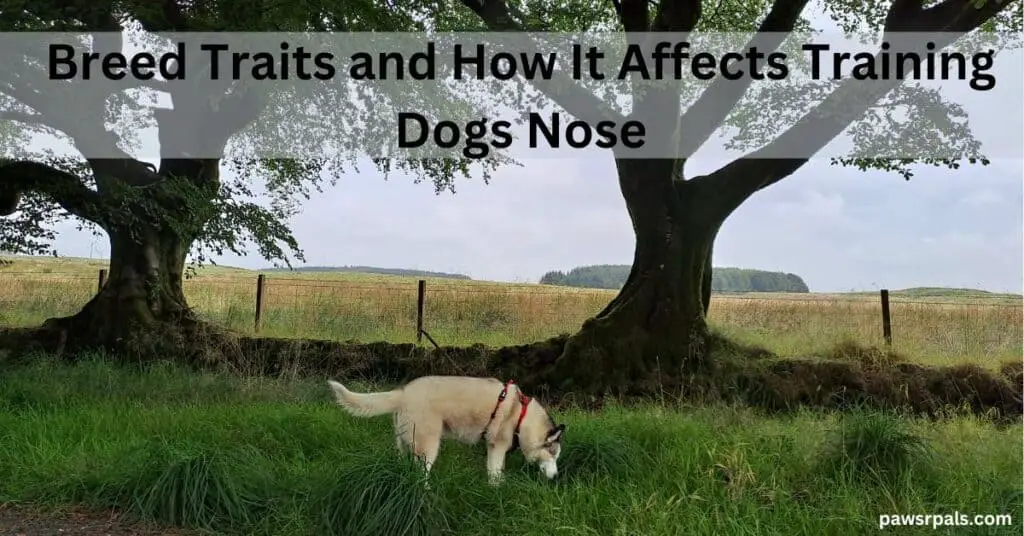
Utilising scent games and scent training tends to work for all breeds. It works the dog’s brain as well as its body. Dogs enjoy doing this, so it’s a good idea to lean into this natural instinct to develop good behaviours and enrichment for your dog.
A Dog’s Sight
A dog also has better vision in low light than humans because of tapetum. Tapetum is thought to be present to allow dogs to hunt in low light. Dogs can also see small movements in the distance better than humans, again for hunting purposes.
Flirt poles are a great tool for sight hounds and other dog breeds. You can also use flirt poles for training. Dogs like to focus and chase the lure on the poles.
Dog Ears
Dogs have very sensitive ears and much better hearing than humans; they can hear at a higher frequency and up to five times the distance humans can hear. Unfortunately, this can cause issues for the dog in a heavily built-up environment, and fireworks can cause a lot of distress for them. On the flip side, dogs have a built-in warning system that alerts them to imminent danger when it is completely silent.
I tune out noises in my environment because I know what they are and don’t have to worry about them. But for a dog? It may not understand or know what the noise is. It can be beneficial to take some time and listen to the noises in your environment, especially if your dog suffers from separation anxiety.
By listening and monitoring what sets your dog off, you can work towards normalising the sound for your dog. Many people leave the radio or TV on for their dog when they go out. This can help reduce the dog’s anxiety.
Last Word on Dog Breeds and Training
I read a short essay online about the 21st Century Dog, which really rings true. Yes, a dog is a dog, but each breed has certain traits, and to have a well-adjusted dog in your home and in your life, you need to consider these traits and meet their needs. So many behavioural issues can be avoided if the dog’s needs are met.
I’m a 21st Century Dog
-I’m a Malinois.
Overskilled among dogs, I excel in all disciplines and I’m always ready to work: I NEED to work.
But nowadays I get asked to chill on the couch all day everyday.
-I am an Akita Inu.
My ancestors were selected for fighting bears.
Today I get asked to be tolerant and I get scolded for my reactivity when another approaches me.
-I am a Beagle.
When I chase my prey, I raise my voice so the hunters could follow.
Today they put an electric collar on me to shut up, and you make me come back to you – no running – with a snap of your fingers.
-I am a Yorkshire Terrier.
I was a terrifying rat hunter in English mines.
Today they think I can’t use my legs and they always hold me in their arms.
-I’m a Labrador Retriever.
My vision of happiness is a dive into a pond to bring back the duck he shot to my master.
Today you forget I’m a walking, running, swimming dog; as a result I’m fat, made to stay indoors, and to babysit.
-I am a Jack Russell.
I can take on a fox, a mean badger, and a rat bigger than me in his den.
Today I get scolded for my character and high energy, and forced to turn into a quiet living room dog.
-I am a Siberian Husky.
Experienced the great, wide open spaces of Northern Europe, where I could drag sleds for long distances at impressive speeds.
Today I only have the walls of the house or small garden as a horizon, and the holes I dig in the ground just to release energy and frustration, trying to stay sane.
-I am a border collie
I was made to work hours a day in partnership with my master, and I am an unmistakable artist of working with the herd.
Today they are mad at me because, for lack of sheep, I try to check bikes, cars, children in the house and everything in motion.
I am …
I am a 21st century dog.
I’m pretty, I’m alert, I’m obedient, I stay in a bag…but I’m also an individual who, from centuries of training, needs to express my instincts, and I am *not* suited for the sedentary life you’d want me to lead.
Spending eight hours a day alone in the house or in the garden – with no work and no one to play or run with, seeing you for a short time in the evening when you get home, and only getting a small toilet walk will make me deeply unhappy.
I’ll express it by barking all day, turning your yard into a minefield, doing my needs indoors, being unmanageable the rare times I’ll find myself outside, and sometimes spending my days sunk, sad, lonely, and depressed, on my pillow.
You may think that I should be happy to be able to enjoy all this comfort while you go to work, but actually I’ll be exhausted and frustrated, because this is absolutely NOT what I’m meant to do, or what I need to be doing.
If you love me, if you’ve always dreamed of me, if my beautiful blue eyes or my athletic look make you want me, but you can’t give me a real dog’s life, a life that’s really worth living according to my breed, and if you can’t offer me the job that my genes are asking, DO NOT buy or adopt me!
If you like the way I look but aren’t willing to accept my temperament, gifts, and traits derived from long genetic selection, and you think you can change them with only your good will, then DO NOT BUY OR ADOPT ME.
I’m a dog from the 21st century, yes, but deep inside me, the one who fought, the one who hunted, the one who pulled sleds, the one who guided and protected a herd still lives within.
So think **very** carefully before you choose your dog. And think about getting two, rather than one, so I won’t be so very lonely waiting for you all day. Eight or ten hours is just a workday to you, but it’s an eternity for me to be alone.

Leave a Reply